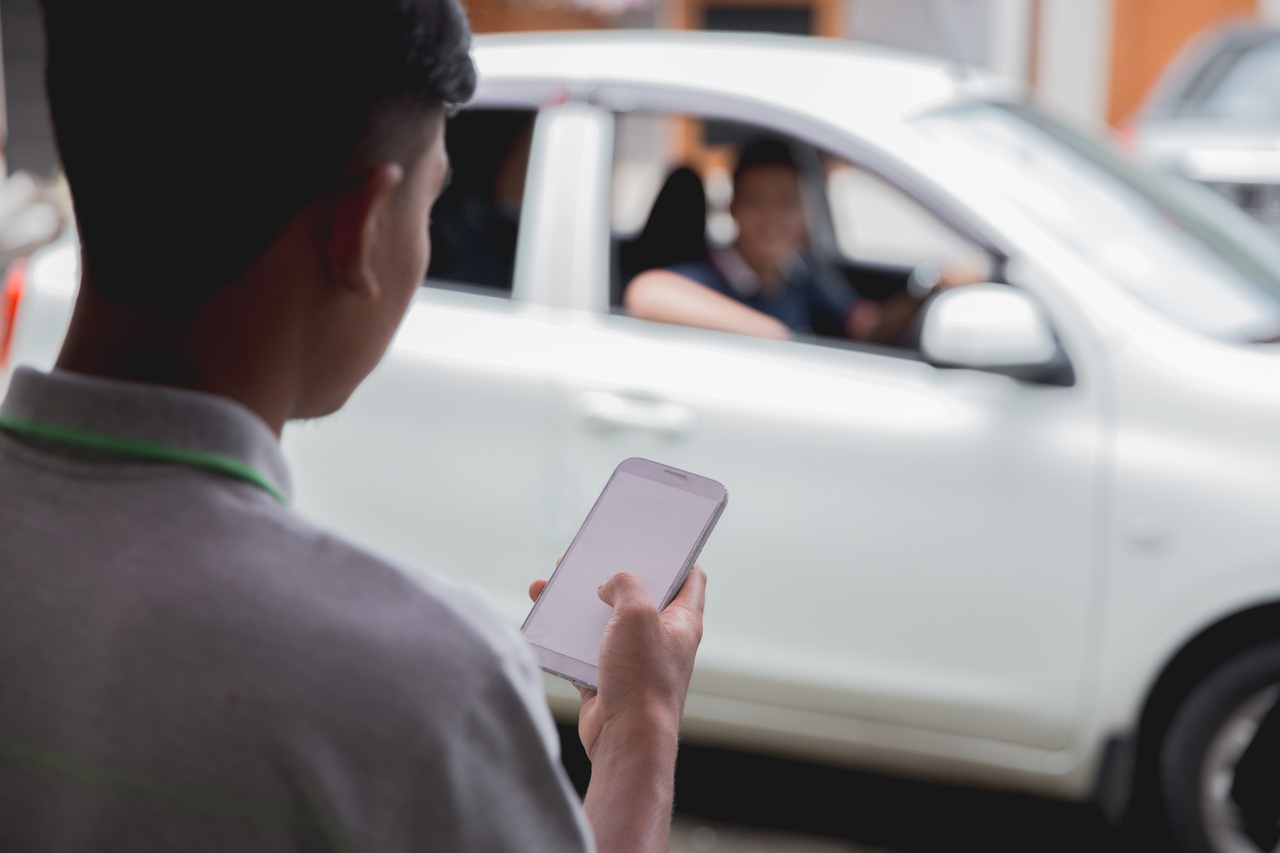How Rideshare Companies Handle Accidents: What You Need to Know

Rideshares have become a staple in California, offering a quick, efficient, and seemingly safe way to travel – whether it’s a trip to the airport, running errands, or ensuring a safe ride home after a night out. However, like any vehicle on the road, rideshares are not immune to accidents. When you find yourself in an Uber or Lyft and an accident occurs, understanding your rights and how rideshare companies handle these incidents is crucial.
If your rideshare driver is at fault, do you know how to proceed with a personal injury claim? Should you file with the rideshare company or directly against the driver? This guide will help clarify what you need to know about navigating the aftermath of a rideshare accident.
What Are the Responsibilities of Rideshare Companies After an Accident?
Rideshare companies bear significant responsibilities to their passengers and others involved in accidents. These responsibilities extend beyond merely providing transportation services and include ensuring the safety and well-being of all parties during and after an accident. After an accident occurs, rideshare companies are expected to take prompt action, including contacting emergency services, providing immediate assistance to injured parties, and cooperating fully with law enforcement investigations.
This may involve facilitating communication between drivers, passengers, and authorities, as well as supplying relevant information such as trip details and vehicle information. Additionally, rideshare companies must adhere to relevant legal standards and regulations governing their operations, which often include specific protocols for handling accidents and ensuring compliance with safety measures.
How Do Rideshare Companies Handle Insurance Claims After an Accident?
Rideshare companies typically provide insurance coverage for their drivers and passengers involved in accidents while using their services. This coverage often includes liability coverage for bodily injury and property damage, as well as uninsured/underinsured motorist coverage and contingent collision coverage. After an accident, the process for filing insurance claims with rideshare companies involves several steps. This may include reporting the accident through the rideshare company’s app or website, providing detailed information about the incident, and submitting necessary documentation such as photos of the accident scene and medical records.
It’s important to note the distinction between rideshare company insurance and personal insurance policies held by drivers. While rideshare companies provide coverage during certain periods of driver activity, personal insurance policies may also come into play depending on the circumstances of the accident and the specific terms of the policy. Understanding how these insurance policies interact is crucial for ensuring adequate coverage and compensation for accident victims.
Injured in a Rideshare Accident? Schedule a Free Consultation Today
Discover how rideshare companies address accidents and what you need to know if you’ve been involved in one due to another’s negligence. At NK Law Group, our Fremont rideshare accident lawyers guide you through every stage – from initial consultation to the final settlement. We’re committed to making a meaningful difference in your life.
For a free case evaluation, contact us today through our contact form or by calling (510) 519-9497. Remember, with our no-fee guarantee, you owe us nothing unless we win your case.

EXPERTLY REVIEWED BY
Naseer Khan, Esq.
May 21 2025
Top-rated personal injury attorney Naseer Khan, Esq. has over a decade of experience advocating for injury victims in California. As an award-winning attorney and a member of the American Association for Justice, Khan has a stellar track record of success and devotion to justice for his clients.
